The Biological Mechanisms of Bee Communication
Introduction
The western honey bee is a fascinating creature, known for its complex social structure and intricate communication methods. This article delves into the biological mechanisms that enable bees to communicate with each other, focusing on the use of pheromones, the waggle dance, and other forms of communication.
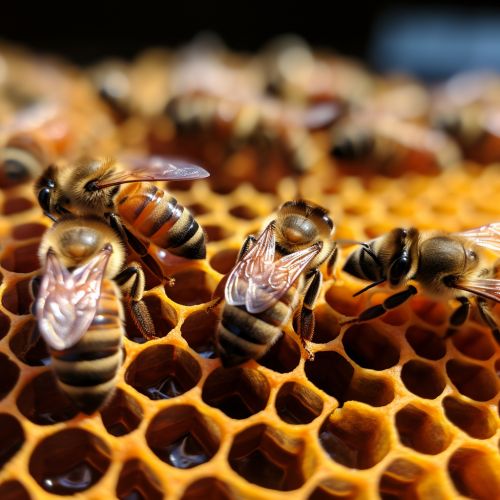
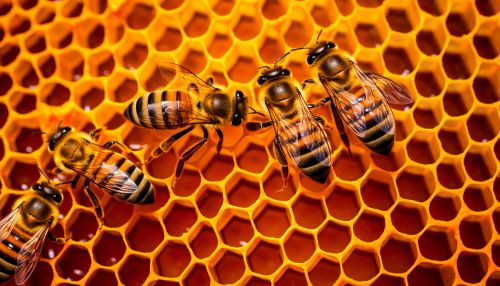
Pheromones
Pheromones are chemical substances produced by bees to communicate with each other. They are secreted by various glands in the bee's body and can influence the behavior of other bees in the hive. Pheromones play a crucial role in coordinating the activities of the hive, including foraging, brood care, defense, and reproduction.
Queen Pheromones
The queen bee produces a unique set of pheromones known as the queen mandibular pheromone (QMP). This pheromone serves multiple purposes, including suppressing the development of ovaries in worker bees, attracting drones during mating flights, and promoting worker bee activity.
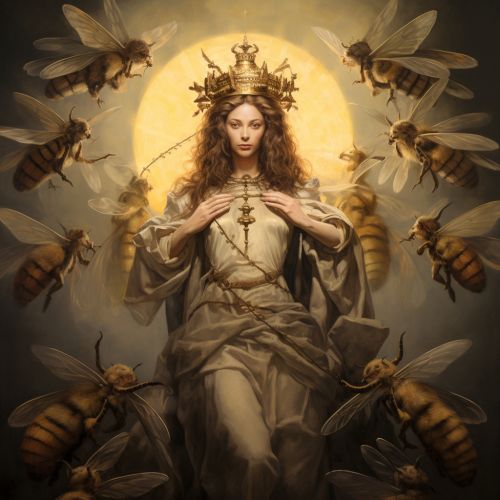
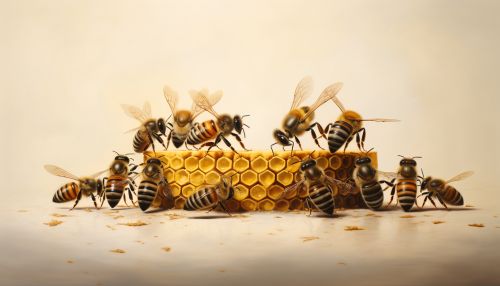
Worker Pheromones
Worker bees also produce pheromones, which help regulate hive activities. The brood pheromone (BP) is secreted by larvae and influences worker bees' behavior, such as feeding the larvae and producing royal jelly. Worker bees also produce alarm pheromones to alert the colony of potential threats.
Drone Pheromones
Drones, or male bees, produce drone pheromones to attract queens for mating. These pheromones are released during drone congregation areas where queens are likely to pass during their mating flights.
Waggle Dance
The waggle dance is a form of communication used by bees to convey information about the location of food sources or potential new hive sites. The dance involves a series of movements that encode the direction and distance of the target from the hive.
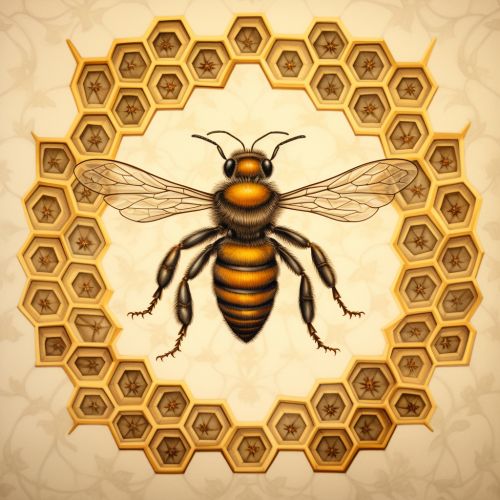
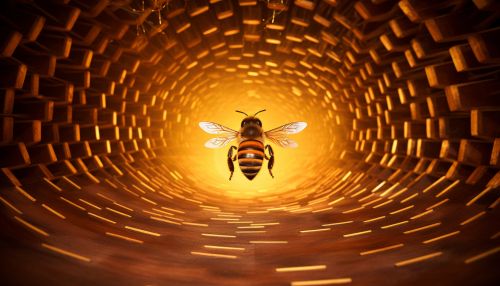
Direction and Distance
The direction of the waggle run relative to the vertical indicates the direction of the food source relative to the sun. The length of the waggle run corresponds to the distance to the food source, with a longer run indicating a more distant source.
Dance Language Debate
The interpretation of the waggle dance as a form of communication has been a subject of debate among scientists. The dance language debate revolves around whether the dance is a true language or merely a stimulus that triggers bees to search for food.
Other Forms of Communication
Bees also use other forms of communication, such as the tremble dance, which signals the need for more bees to process nectar, and the shaking signal, which is used to recruit bees for foraging or other tasks. Bees also use tactile, visual, and auditory signals to communicate.
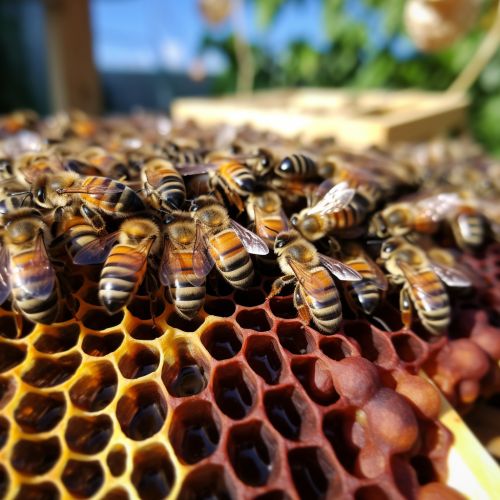
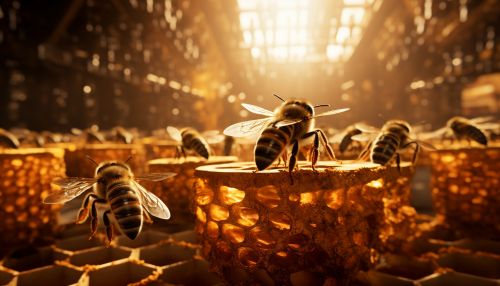
Conclusion
Understanding the biological mechanisms of bee communication provides insights into the complex social structure of bee colonies. Despite their small size, bees have developed sophisticated methods of communication that enable them to coordinate their activities and ensure the survival of the colony.
